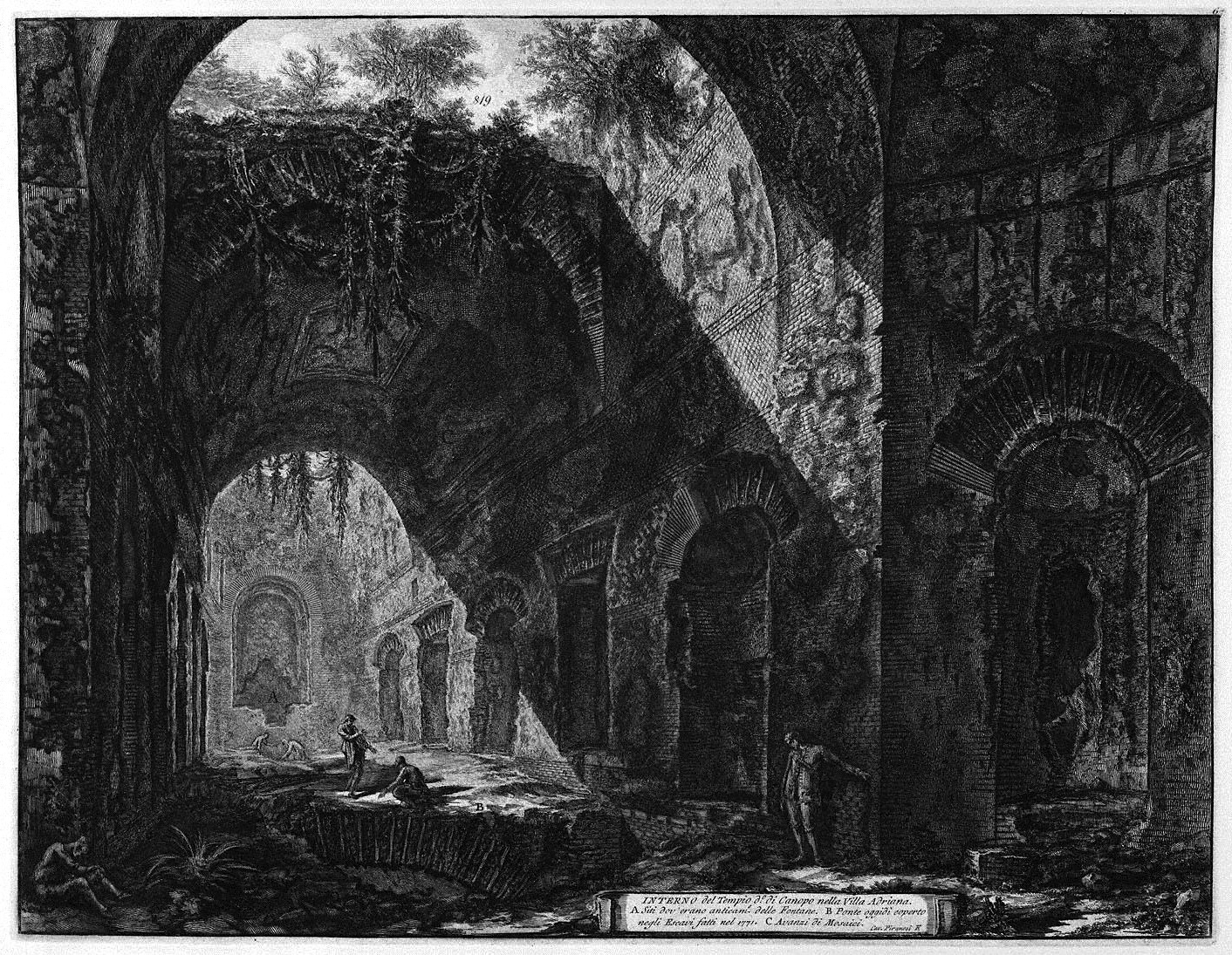

The Other is a name that the narrator gives his abductor after forgetting the name Valentine Ketterley. At the beginning of the novel, he only remembers existing in the House, a sea-soaked collection of grand halls where he calculates the tides, fishes, talks to birds, catalogues the statues, and helps the only other living person he has knowledge of, the Other. This splintering of identity occurred because of his imprisonment in a labyrinth which caused memory loss. The narrator has three names and identities: The Beloved Child of the House, Piranesi, and Matthew Rose Sorensen. On advice from previous readers, you really have to stick with this one until at least the 60-page mark and it suddenly opens up into a beautiful exploration of….🤷🏼♀️🤷🏼♀️🤷🏼♀️.Piranesi is written in a series of first-person, dated journal entries. I know it will stick with me and I myself will return to this place (whatever it is) over and over again. It was immersive and it has really made me think.

I truly don’t know how to describe this book except that I’m glad I read it. I couldn’t help but to think of other magical-ish stories ( The Starless Sea and The Night Circus) though those comparisons are in atmospheric and world-building only. Even though the book is short (~240 pages), the story was complex and intricate and masterful. The unfolding of this atmosphere and characters is part of the thrill and mystery and totally compelled me to turn page after page as I tried to figure out what the heck was going on! Piranesi, the main character, lives in this labrinynth of staircases and statues. I personally think it’s best to go into this one as blind as possible. This setting is the backdrop of Clarke’s novel, Piranesi.Īnd as far as background information, that’s all I’m going to give you becase I felt like this imagery would have helped me settle into the scenery just a wee bit more.

He divided these rooms into thirds – the bottom third was underwater, the top third was in the clouds, and the middle third is where humans lived. Piranesi was an 18th century Italian artist and architect who drew fictional prisons with endless rooms, halls, and staircases. Oh no! I almost forgot to post my April Spotlight…better late than never, right?! My Thoughts:


 0 kommentar(er)
0 kommentar(er)
